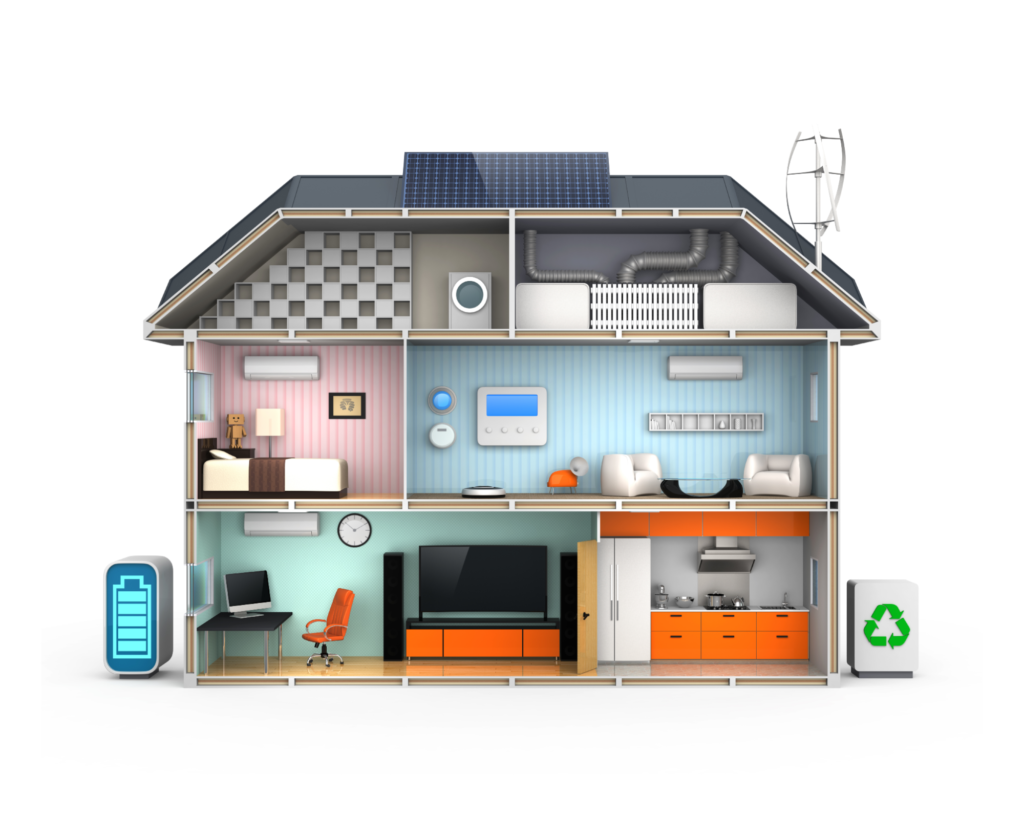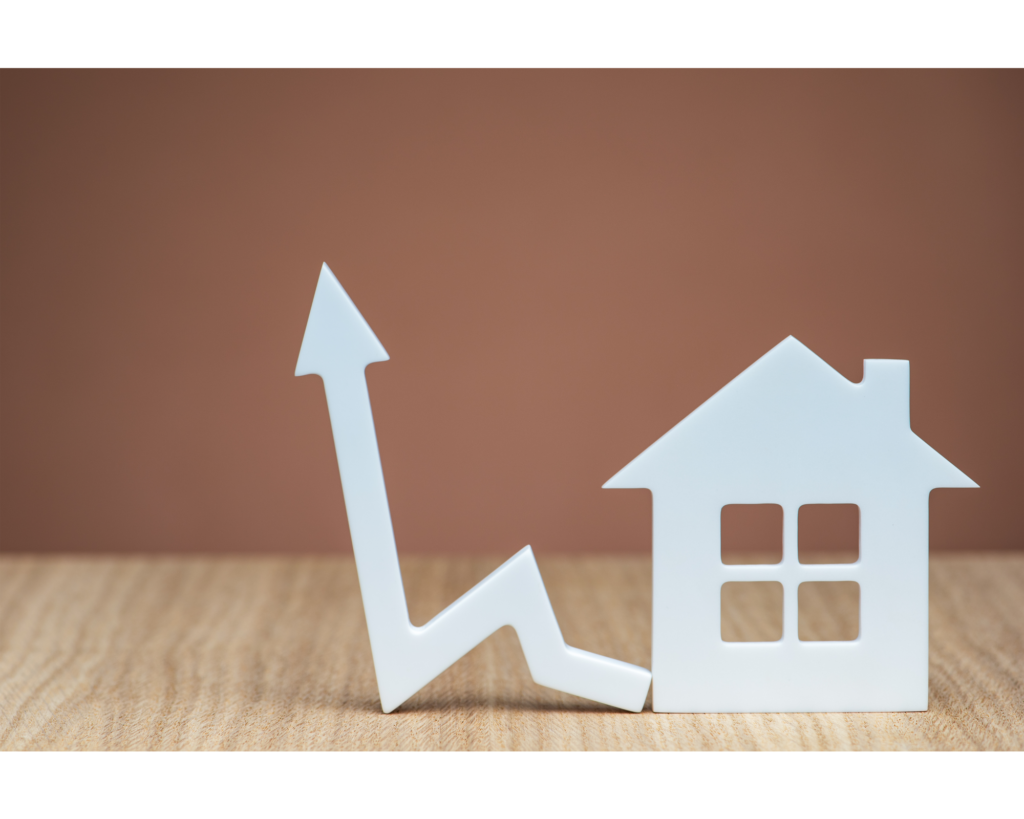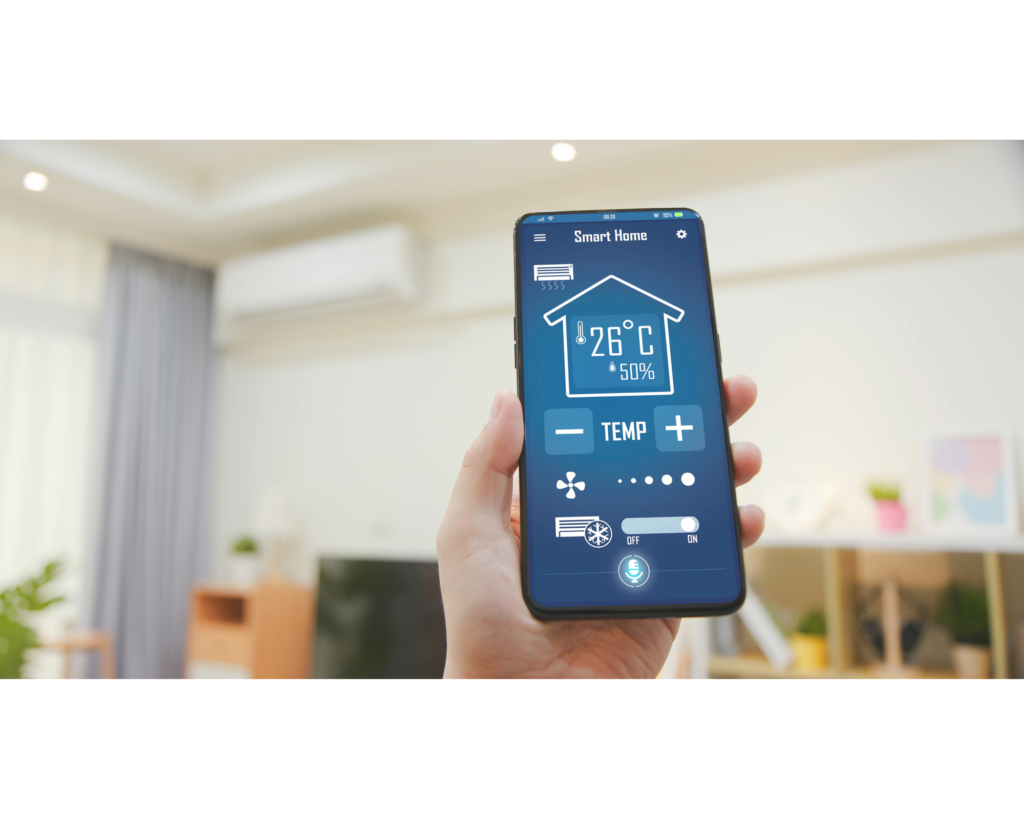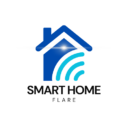Welcome to our comprehensive guide on creating smart homes for sale. In today’s competitive real estate market, the demand for smart homes is on the rise, with buyers seeking modern, technologically advanced living spaces that offer convenience, security, and energy efficiency. In this guide, we’ll explore five essential steps to help you navigate the process of integrating smart home technologies into your properties and effectively marketing them to potential buyers. From understanding market demand to selecting the right technologies and showcasing their features, this guide will equip you with the knowledge and strategies needed to succeed in the exciting world of smart home sales. Let’s dive in!
Understanding the Value of Smart Homes
In today’s rapidly evolving real estate landscape, the concept of smart homes has gained considerable traction. From integrated security systems to automated lighting and energy-efficient appliances, smart homes offer a plethora of benefits that appeal to both homeowners and potential buyers.
Benefits of Smart Homes
Smart homes are designed to enhance convenience, comfort, and security for occupants. With interconnected devices and systems controlled remotely via smartphones or voice commands, homeowners can streamline various aspects of daily living. For instance, smart thermostats allow for precise temperature control, optimizing energy consumption and reducing utility costs.
Additionally, smart security systems provide peace of mind by offering real-time monitoring and alerts for unauthorized entry or potential hazards. Homeowners can remotely access surveillance cameras and receive notifications on their devices, ensuring the safety of their property even when they’re away.
Energy Efficiency and Cost Savings
One of the most significant advantages of smart homes is their focus on energy efficiency. Smart appliances, such as refrigerators, washing machines, and HVAC systems, are designed to minimize energy consumption without sacrificing performance. By automating lighting, heating, and cooling systems based on occupancy and ambient conditions, smart homes reduce energy wastage and lower utility bills over time.
Enhanced Connectivity and Convenience
Smart home technologies enable seamless integration and connectivity between various devices and systems within the household. Home automation hubs serve as centralized control centers, allowing users to manage multiple smart devices through a single interface. Whether it’s adjusting lighting settings, scheduling appliance usage, or monitoring home security, the convenience of remote access and automation enhances the overall living experience.

Assessing Market Demand and Trends
Understanding the current market demand and trends is crucial for real estate professionals looking to capitalize on the growing popularity of smart homes. By staying informed about consumer preferences and emerging technologies, sellers can effectively position their properties to attract discerning buyers seeking modern, tech-savvy living spaces.
Researching Market Demand
Before embarking on the journey of selling smart homes, it’s essential to conduct thorough research on local market demand. Analyzing recent sales data, property listings, and buyer preferences can provide valuable insights into the popularity of smart home features in your area. Look for indicators such as the average time properties with smart home amenities spend on the market and the premium prices they command compared to traditional homes.
Identifying Buyer Preferences for Smart Homes for Sale
Understanding the preferences and priorities of potential buyers is key to tailoring your smart home offerings effectively. Conduct surveys or engage in market research to identify which smart home features resonate most with your target demographic. Whether it’s integrated security systems, energy-efficient appliances, or smart home automation, aligning your offerings with buyer preferences enhances the appeal and marketability of your properties.
Tracking Emerging Trends
The landscape of smart home technology is constantly evolving, with new innovations and trends shaping the market. Stay informed about emerging technologies and industry developments to remain competitive in the real estate market. Keep an eye on trends such as voice-controlled assistants, smart home integration with Internet of Things (IoT) devices, and advancements in energy management systems.

Selecting Smart Home Technologies
Choosing the right smart home technologies is a critical step in creating attractive and marketable properties for sale. With a wide array of options available, selecting the most suitable technologies requires careful consideration of factors such as functionality, compatibility, and potential return on investment.
Assessing Homeowner Needs
Before delving into the selection process, it’s essential to understand the specific needs and preferences of potential homeowners. Consider factors such as lifestyle, budget, and desired level of automation when evaluating smart home technologies. Engage in discussions with clients to identify their priorities and customize solutions that align with their lifestyles and preferences.
Integration and Compatibility
When selecting smart home technologies, prioritize compatibility and integration capabilities to ensure seamless operation and functionality. Opt for systems and devices that support open standards and interoperability, allowing for easy integration with existing smart home ecosystems. This approach minimizes compatibility issues and simplifies the overall installation and setup process for homeowners.
Key Smart Home Features
Several key smart home features are highly sought after by homebuyers and can significantly enhance the appeal and value of a property. Consider incorporating the following features into your smart home offerings:
- Smart Security Systems: Invest in robust security solutions such as smart door locks, video doorbells, and motion-sensing cameras to enhance home security and provide peace of mind for homeowners.
- Energy-Efficient Appliances: Select energy-efficient appliances and devices, including smart thermostats, LED lighting systems, and energy monitoring tools, to help homeowners reduce energy consumption and lower utility costs.
- Home Automation Hubs: Integrate a centralized home automation hub or smart speaker system to serve as the command center for controlling various smart devices and systems throughout the home.
- Smart Lighting and Climate Control: Install smart lighting systems and programmable thermostats that allow homeowners to customize lighting levels and temperature settings based on their preferences and occupancy patterns.

Integration and Installation Process
The integration and installation process is a critical phase in the creation of smart homes for sale. It involves seamlessly incorporating selected smart technologies into the property’s infrastructure while ensuring reliability, functionality, and user-friendliness.
Planning and Preparation
Before commencing the integration and installation process, it’s essential to develop a comprehensive plan outlining the scope of work, timelines, and resource requirements. Collaborate closely with experienced professionals or certified technicians specializing in smart home installations to ensure a smooth and efficient implementation process.
Assessing Home Infrastructure
Evaluate the existing infrastructure of the property to identify any potential limitations or compatibility issues that may impact the integration of smart technologies. Consider factors such as Wi-Fi coverage, electrical wiring, and network connectivity to ensure adequate support for the selected smart devices and systems.
Selecting Installation Methods
Depending on the complexity of the project and the chosen smart technologies, installation methods may vary. Some devices may require professional installation by certified technicians, while others can be easily set up by homeowners using DIY installation kits and step-by-step guides provided by manufacturers.
Testing and Calibration
Once the smart devices and systems are installed, thorough testing and calibration are essential to ensure proper functionality and integration. Test each device individually and perform system-wide tests to verify interoperability and seamless communication between devices and control interfaces.
User Training and Support
Provide homeowners with comprehensive training and support to familiarize them with the operation and maintenance of smart home technologies. Offer user manuals, instructional videos, and troubleshooting guides to help homeowners troubleshoot common issues and optimize the performance of their smart home systems.

Marketing and Showcasing Smart Home Features
Effectively marketing and showcasing smart home features is essential for attracting potential buyers and maximizing the appeal and value of properties for sale. By highlighting the convenience, comfort, and modernity of smart home technologies, sellers can differentiate their listings and capture the attention of tech-savvy homebuyers.
Crafting Compelling Listings
Create detailed property listings that emphasize the smart home features and amenities offered. Use descriptive language to highlight key selling points such as integrated security systems, energy-efficient appliances, and home automation capabilities. Clearly articulate the benefits and advantages of living in a smart home, including enhanced security, energy savings, and increased convenience.
Utilizing High-Quality Visuals
Incorporate high-quality images, videos, and virtual tours to showcase the smart home features and functionalities. Capture compelling visuals of smart devices in action, such as automated lighting systems, smart thermostats, and voice-controlled assistants. Provide prospective buyers with a virtual walkthrough of the property, highlighting the seamless integration and modern amenities offered by smart home technologies.
Engaging Social Media Marketing
Harness the power of social media platforms to reach a wider audience of potential buyers. Share captivating images, videos, and testimonials showcasing the benefits of smart home living. Leverage targeted advertising campaigns to reach individuals interested in smart home technologies and real estate investments. Encourage engagement and interaction with interactive content such as polls, quizzes, and live demonstrations.
Hosting Virtual Showings and Open Houses
Organize virtual showings and open houses to allow prospective buyers to explore the property from the comfort of their own homes. Utilize virtual reality (VR) technology to provide immersive experiences and interactive tours of smart home features. Offer live demonstrations of smart devices and systems, allowing buyers to experience the convenience and functionality firsthand.

Conclusion
In today’s dynamic real estate market, the integration of smart home technologies has become a key differentiator for sellers looking to attract discerning buyers and maximize property value. By embracing the convenience, comfort, and security offered by smart home features, sellers can position their properties as modern, technologically advanced living spaces that cater to the evolving needs and preferences of today’s homeowners.
Through careful planning, selection, integration, and effective marketing strategies, sellers can showcase the value proposition of smart homes and capitalize on the growing demand for innovative, connected living environments. By leveraging high-quality visuals, engaging social media marketing, and immersive virtual experiences, sellers can captivate potential buyers and highlight the unique benefits of smart home living.
As the real estate landscape continues to evolve, staying informed about emerging technologies and market trends is essential for staying competitive and meeting the ever-changing demands of buyers. By remaining proactive and adaptable, sellers can stay ahead of the curve and position their properties for success in the fast-paced world of smart home sales.
In conclusion, the journey to creating and selling smart homes is an exciting opportunity to embrace innovation, enhance property value, and deliver exceptional living experiences to buyers. By embracing the principles outlined in this guide, sellers can unlock the full potential of smart home technologies and transform properties into coveted destinations for modern living.



